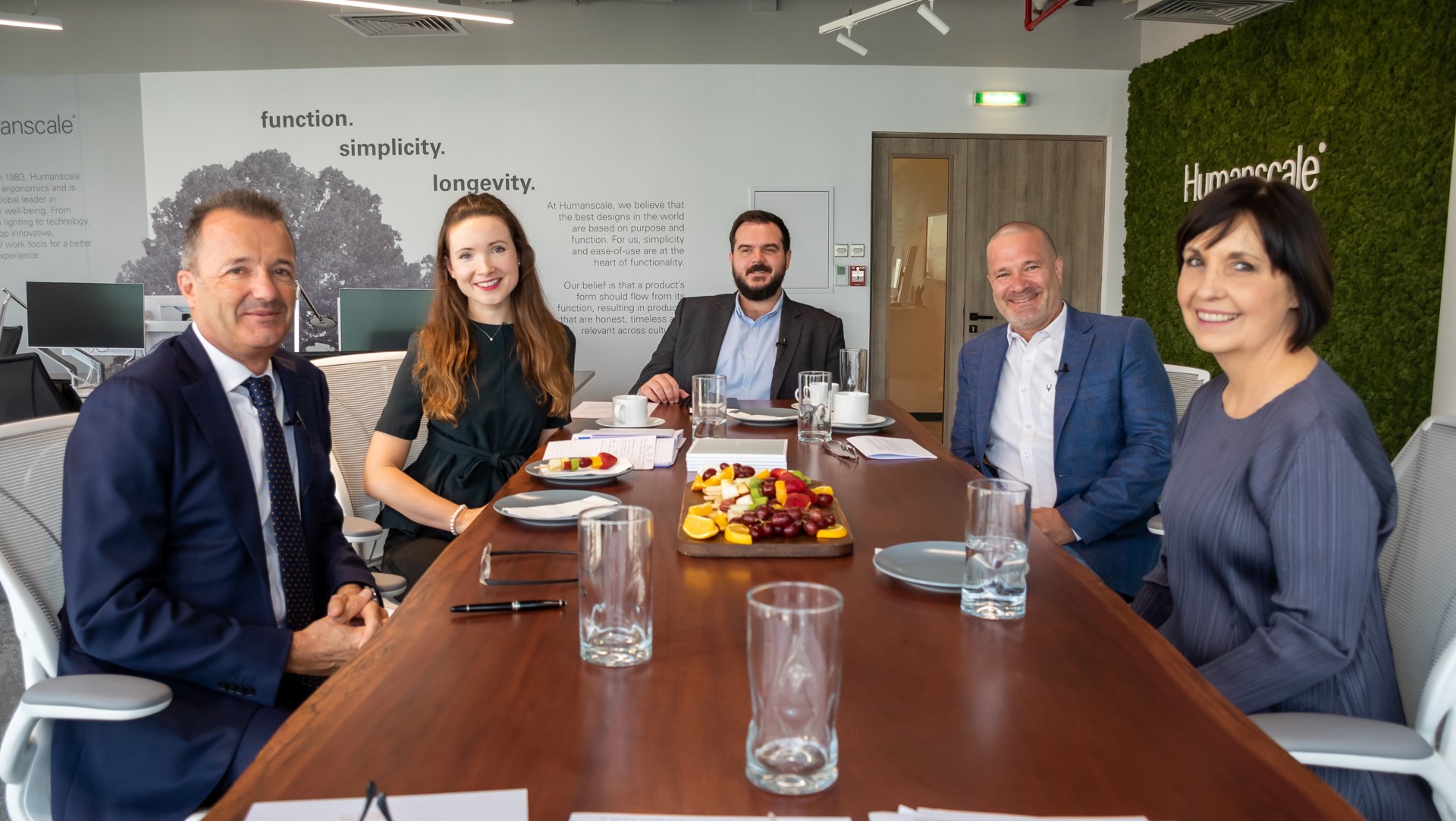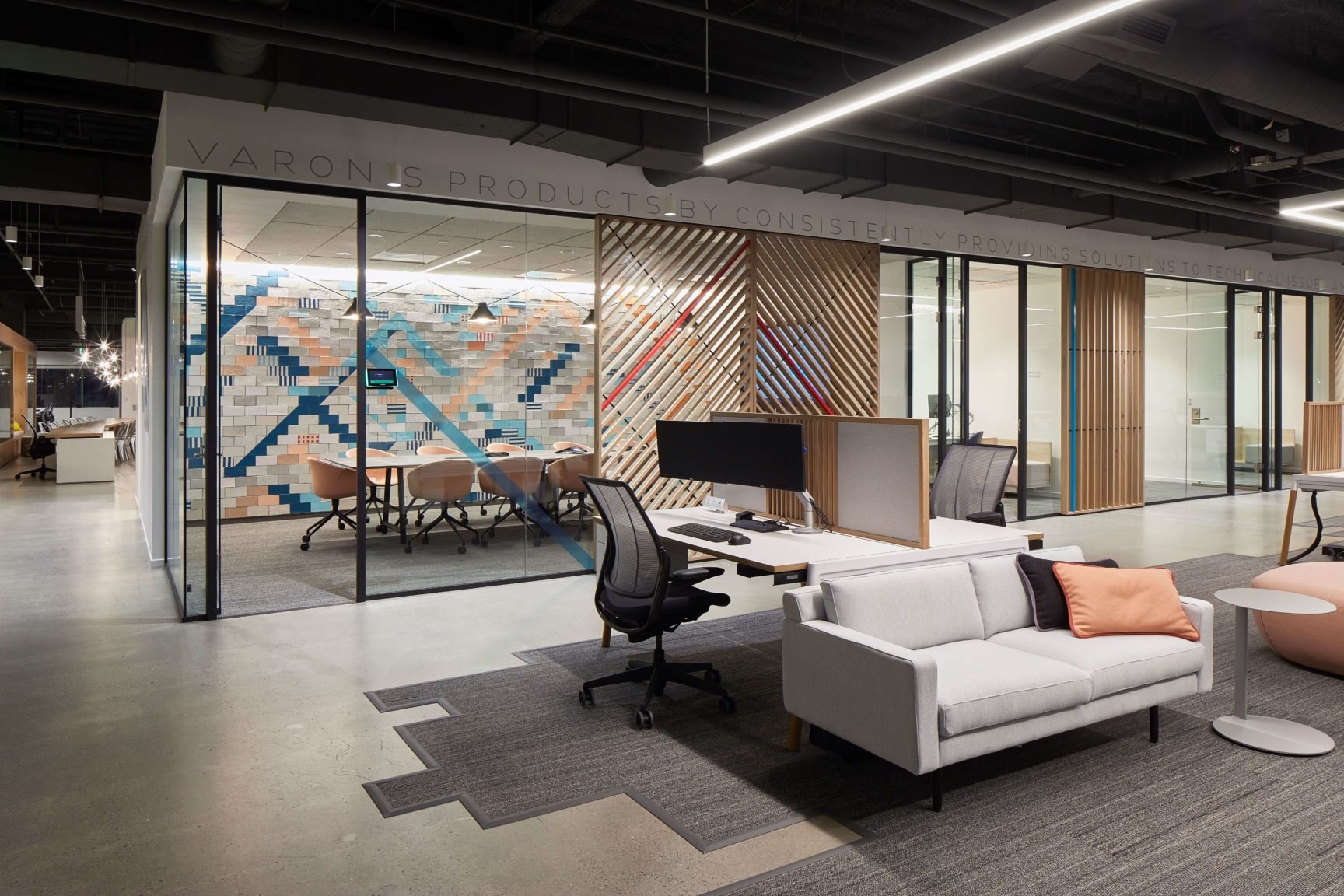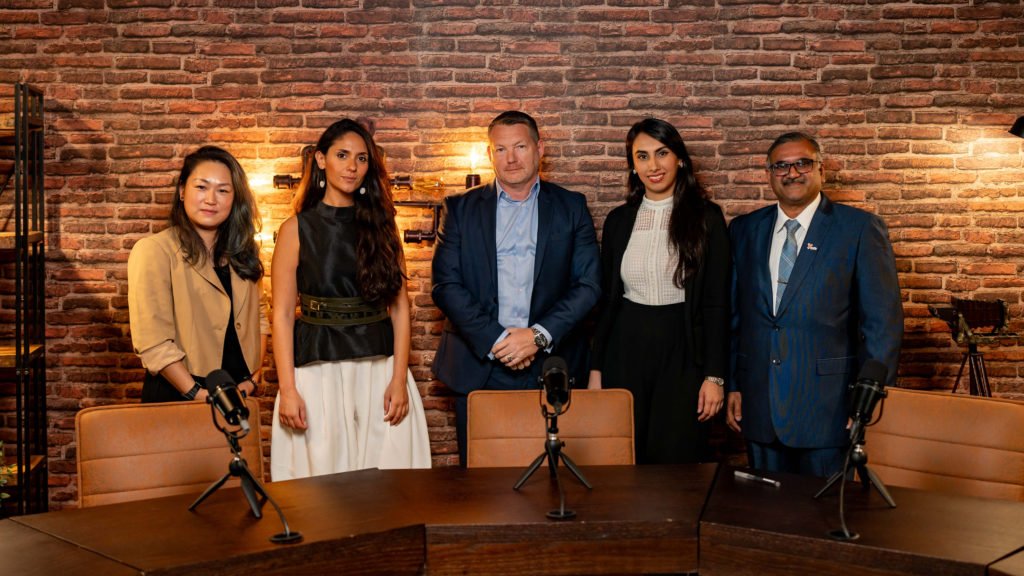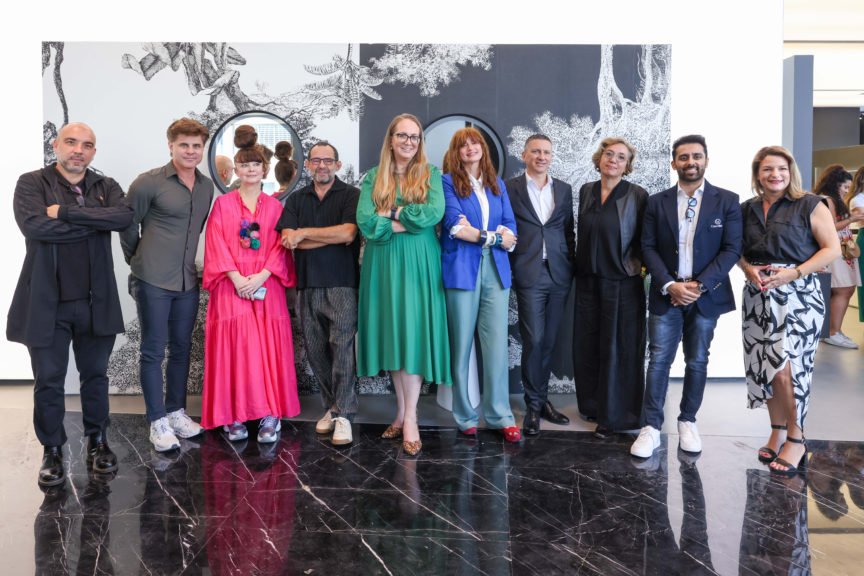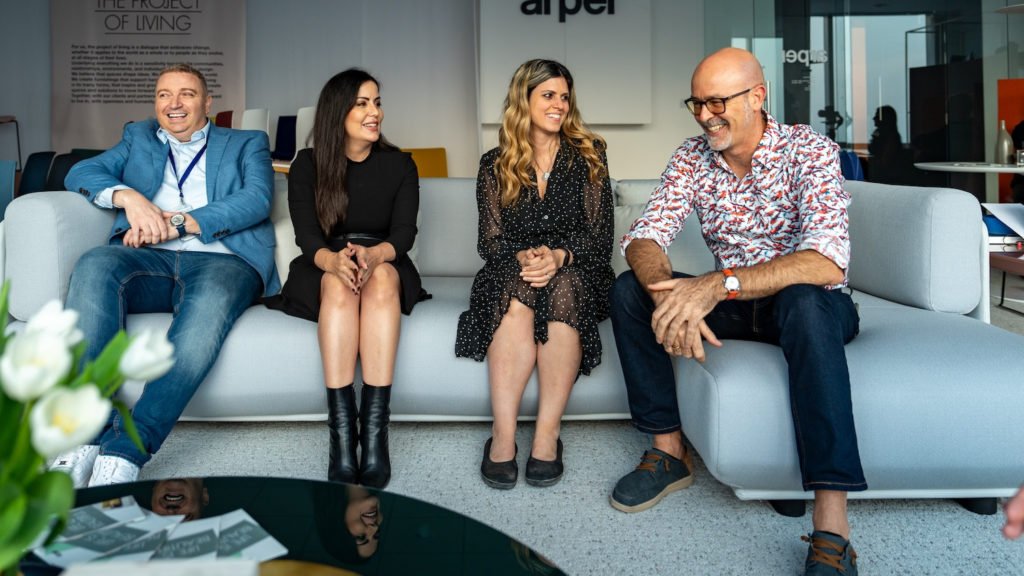To really put things into perspective, Katherine provides an interesting analogy about the problems that can occur when we use poor quality materials, either intentionally or because of a lack of transparency. “We’re so conscious about the food we eat, but not as much about the air that we breathe,” she says. “We breathe in about four times more air than we eat in an entire day, and can take in a total of as much as 12 kgs of air. This means that indoor air quality is just as important. Also, it’s not the materials alone that are the issue, it’s their exposure to the elements, such as heat, that end up giving off VOCs, which are incredibly hazardous and can create endocrine disruptors, cardiovascular diseases, cancer, and most commonly, sick building syndrome.
According to Katherine, another major reason for material transparency, is so we can look out for VOC content VS Emission levels. In almost all cases, these emission levels are far more important, not the actual content, as it determines the amount of VOC released when exposed to heat.
From a real estate perspective, Simon emphasises the importance of using experts. “It’s scary when you think about it, about all the problems associated with these wrong use of materials,” he says. “It really makes me concerned about our people. But that’s why, as clients, we engage experts. It is important that we apply what we know, but also try and understand what we don’t fully know. It is our responsibility towards current and future generations – if we plan for the future, we should at least get the present right. For example, we received reports of formaldehyde in our phone booths, that were emitting toxic levels of VOCs. Immediate action was taken and an email was sent to business heads in all our global markets. At least from a real estate point of view, we try and take action quickly.”
“Manufacturers also put a premium on certified products, like organic food,” says Katherine. “This leads to the market perception that these products are always marked up and not always worth it, even if there’s no premium. By default, all products should be labeled or certified in some way, to improve awareness and perception.”
High costs can be a difficult barrier to move past, especially in a cost and time sensitive market like the Middle East. There is no doubt that most products that come with labels have a slightly higher price. “With the current state of the industry, where the majority of projects end up being value engineered in some form or another, how do you go about convincing clients to opt for ones with certifications?” asks Lena.
“We start by asking our clients what they want to achieve,” says Marcos. “Wanting a certification like LEED or WELL should not cost significantly more than a standard project. In fact, it should be the norm to build and deliver a project at that level. That is why, from next year, we are offering recertification for projects. I don’t see a reason why there should be more costs. People are misusing labels to add markups, which are detrimental and discouraging.”
“Knowing what we know now about red list chemicals is a bit like finding out a big secret. You can’t ‘un-know’ it. As an ethical company, we just can’t do that to our people and the clients who use our products.”
– Frazer Butcher, Managing Director, Humanscale
“Is that the general assumption then, that opting for certified products or building certifications means a markup in price?” asks Lena. A recent study conducted on LTD showed that a whopping $65 million was spent on the research and development of new sustainable products and practices.
“It is, yes, but we’re changing that,” says Frazer. He further explains how Humanscale structures the cost into their product development. Removing chemicals is a cost intensive process, but again, being a Tier 1 manufacturer, they make sure clients don’t have to bear the costs. “We stopped using chrome 6 because we found out it was carcinogenic,” he says. “If a client really does want it, we use chrome 3, and even though the latter costs more than the former, we will not charge that to the client. Even though we’re a business and hence need to look at profitability, knowing what we know now about red list chemicals is a bit like finding out a big secret. You can’t ‘un-know’ it. As an ethical company, we just can’t do that to our people and the clients who use our products.”
“There’s also the conception that fit-out costs are higher when it’s a LEED or WELL project, but the human cost of poor quality builds are much higher,” says Diane. “The A+D industry needs to be educated, and that is exactly why I became a WELL AP. So, you can explain that a space doesn’t have to cost more, and we can choose those products and people who have put in the effort, thus ensuring that you are looking after your people well. As designers and contractors, there’s an awareness that we can bring to the marketplace, and with that awareness, and push for better products, we can create a space that is really healthy.”

